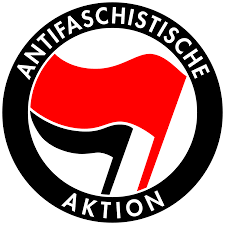
Introduction
Antifa, short for anti-fascist, has been a topic of heated debate and discussion in recent years. This decentralized movement aims to oppose far-right and fascist ideologies, often through direct action. Its relevance has surged in light of recent protests and political polarization, making it crucial for Canadians to understand the complexities surrounding Antifa and its impact on society.
Background and Activities
Antifa groups and individuals utilize various tactics—including protests, counter-demonstrations, and sometimes confrontational actions—to oppose hate speech and extremist groups. Their activities gained increased visibility during the summer of 2020, following widespread protests against systemic racism and police brutality in North America. In Canada, Antifa has been involved in protests against events or groups deemed to promote hate, such as those advocating for white supremacy.
In July 2022, clashes erupted in Calgary during a rally organized by a far-right group, resulting in significant media coverage and renewed discussion about Antifa’s role in confronting these ideologies. The presence of Antifa has sparked discussions about free speech, the effectiveness of their methods, and the fine line between protest and violence. Members often emphasize their commitment to fighting oppression in all forms while critics point to instances of violence or property damage associated with their protests.
Current Developments
As of late 2023, Canada has witnessed a series of events that put Antifa back in the public eye. Social media platforms have increasingly become battlegrounds for ideological conflicts, with Antifa’s actions against perceived extremist groups often trending online. In Ontario, the recent emergence of a documentary exploring extremist content on social media raised concerns about how Antifa and similar groups perceive their adversaries and the tactics they employ to oppose them.
Moreover, the political landscape has shifted, influencing perceptions of Antifa. Some politicians have embraced or criticized the movement, causing a ripple effect in public opinion. This has led to mixed responses from law enforcement agencies regarding how to handle protests involving Antifa, showcasing the ongoing tensions between authority and activist movements.
Conclusion
The significance of Antifa in contemporary Canada cannot be understated. As political and social tensions continue to rise, understanding Antifa’s role becomes essential for fostering informed discussions about freedom of expression, activism, and the responsibilities of citizens in a democratic society. While the movement showcases a commitment to anti-fascism, it also raises pressing questions about methods, effectiveness, and whether its confrontational approach aligns with broader societal goals. As debates continue and more events unfold, the dialogue surrounding Antifa will likely evolve, making it important for Canadians to remain engaged and informed.



